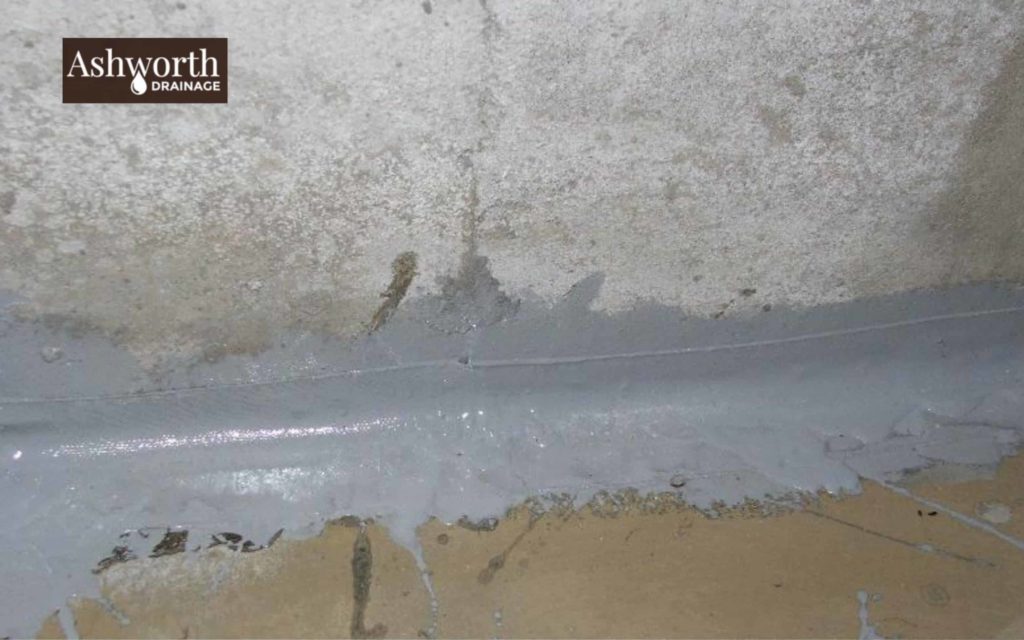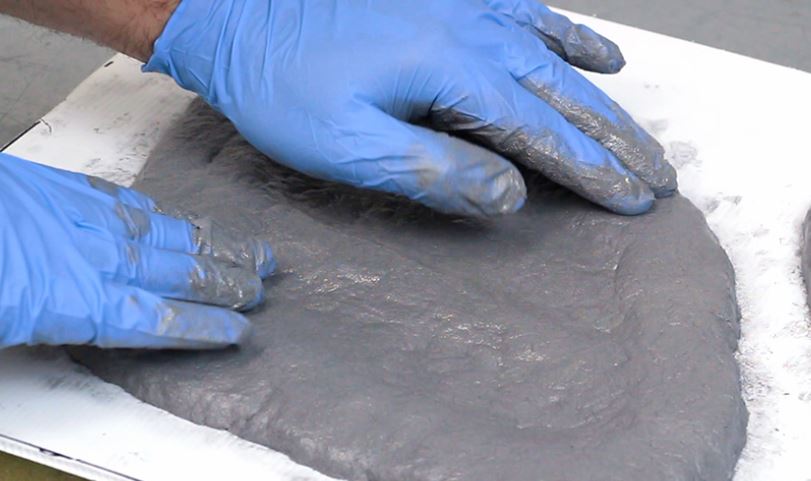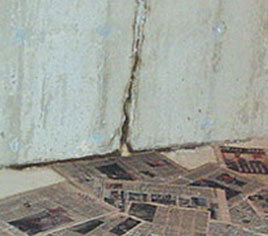The Different Types Of Epoxy Paste And Crack Filler

Repairing vertical or horizontal cracks in your foundation walls, whether they’re inside your basement or on the outer wall, requires a material that is resistant to sagging and designed to hold up against pressure. It has to have excellent adhesion not just to the concrete, but all kinds of masonry, and even wood and metal. There are two suitable materials with which to repair concrete foundations: epoxy crack filler and polyurethane injection. Which is best?
Epoxy Paste and Crack Filler Polyurethane
 Epoxy and polyurethane are referred to as “resins”, and though they sound similar, they both have their own pros and cons. Each resin type blends two components – the main material, and either a hardener (for epoxy) or an activator (for polyurethane) – to make a repair material that can suitably fill in cracks, help strengthen the concrete, and prevent further damage to the foundation.
Epoxy and polyurethane are referred to as “resins”, and though they sound similar, they both have their own pros and cons. Each resin type blends two components – the main material, and either a hardener (for epoxy) or an activator (for polyurethane) – to make a repair material that can suitably fill in cracks, help strengthen the concrete, and prevent further damage to the foundation.
Epoxy pastes come in various viscosities, or thicknesses, to accommodate cracks of different widths; the consistency can range from incredibly thin to a paste. Basically, the wider the crack in the concrete, the thicker the epoxy will have to be. Polyurethane injections are a foam-like material are elasticized and begin hardening within minutes, making them effective alternatives for crack sealing and waterproofing. What we’ll end up using depends on the crack that needs to be filled.
Epoxies have a compressive strength that can actually be greater than most concretes – many brands can withstand 10,000psi or greater. This makes an epoxy the best choice for structural repair. One drawback to epoxies is that they usually take hours to harden, and if the outside backfill has become separated from the foundation concrete, it is possible for this resin to flow out the back of the crack before it has had the chance to solidify. However, the length of time can also be an advantage because the epoxy can flow into every crevice, even the smallest ones.
Polyurethane foams have their own advantages. There’s no worry of the resin leaking out the back with this type of crack filler, and because of their elasticity, they are able to accommodate slight concrete movement to keep the seal intact. Because it solidifies quickly, the chances of the material flowing out of an injected crack while still in liquid form are small, and even if some does leak out, the foam will expand and take over the space. However, these properties make polyurethane injections less suitable for structural repair than epoxies.
Epoxies and Polyurethane: Which Is Better?
While epoxy can do more, the characteristics of the crack determine which material is right for the job. If a crack requires a structural repair, epoxy would be used if all of

the conditions were good because it can withstand much more pressure. However, if structural repair is not necessary to fix the crack or if a crack is full of mud, a polyurethane injection might be better because injecting it into the crack would flush out the dirt. Polyurethane isn’t able to withstand forces like epoxy, so if reinforcement is required, an epoxy injection would be performed, or staples would also be used to stabilize a crack and compensate for the polyurethane’s weakness. Contact us to learn more about these fillers.
